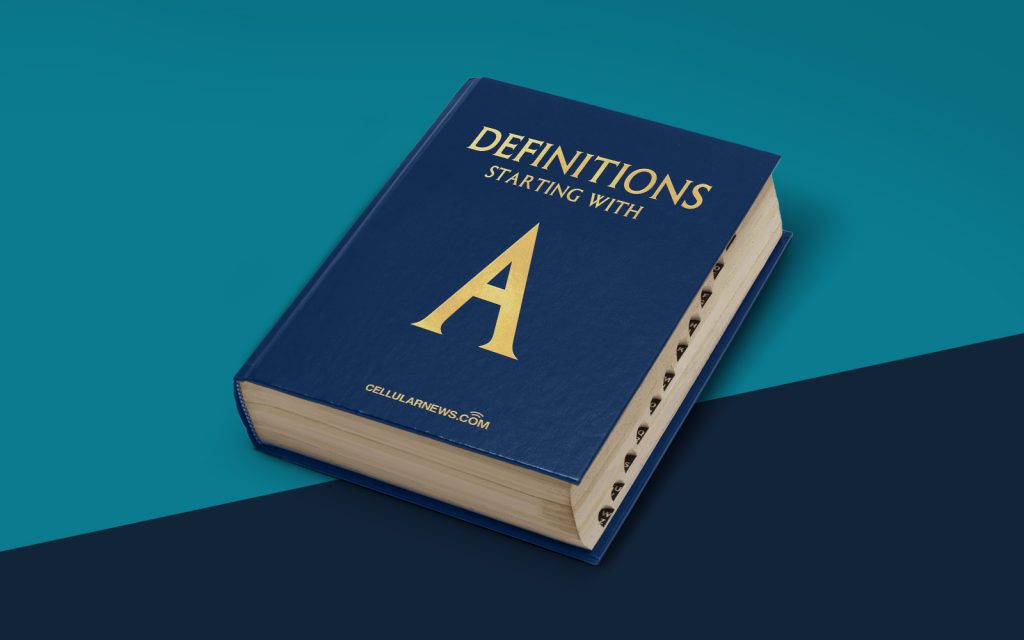
The Art of Computer Programming (TAOCP): Explained
If you’re interested in computer science, software development, or simply want to dive deep into the intricate world of algorithms and data structures, then you’ve probably come across “The Art of Computer Programming” (TAOCP). But what exactly is TAOCP and why is it so highly regarded in the tech community? In this article, we’ll explore the fascinating world of TAOCP and shed some light on its significance.
Key Takeaways
- 1. The Art of Computer Programming (TAOCP) is a multi-volume book series written by Donald E. Knuth, a prominent computer scientist and mathematician.
- 2. TAOCP provides an in-depth exploration of fundamental algorithms, data structures, and their analysis, with a focus on efficiency and elegance.
A Journey through TAOCP
Spanning several volumes, TAOCP is considered a flagship work in computer science. Written by Donald E. Knuth, a renowned computer scientist and professor emeritus at Stanford University, this extensive series delves into the realm of algorithms, data structures, and their underlying mathematical principles.
So, what makes TAOCP so special? Here’s a glimpse into what you can expect when you embark on the journey through its pages:
- Comprehensive Coverage: TAOCP covers a wide range of topics, providing a comprehensive overview of foundational algorithms and data structures. From sorting and searching to graph algorithms and combinatorial optimization, Knuth leaves no stone unturned in his quest to document the building blocks of computer science.
- Elegance and Efficiency: One of the key aspects that sets TAOCP apart is its emphasis on finding elegant solutions that are not only correct but also efficient. Knuth believes that a computer program should be a work of art, crafted meticulously with attention to detail. TAOCP serves as a guide to help programmers achieve this level of elegance in their code.
While TAOCP may be known for its mathematical rigor, it is written in a way that is accessible to readers with varying levels of expertise. Knuth’s writing style is both informative and engaging, making this series a favorite among students, researchers, and professionals alike.
TAOCP has had a significant impact on the field of computer science since its first publication in the 1960s. Its influence can be seen in the way algorithms are taught, analyzed, and implemented. Many computer science courses around the world reference TAOCP as a valuable resource for understanding the intricacies of algorithms and data structures.
As technology continues to evolve, TAOCP remains a timeless masterpiece that serves as a guide and source of inspiration for aspiring computer scientists and seasoned professionals alike.
So, if you’re ready to embark on a journey through the intricacies of algorithms and data structures, take a step into the world of TAOCP and discover the art behind computer programming.
